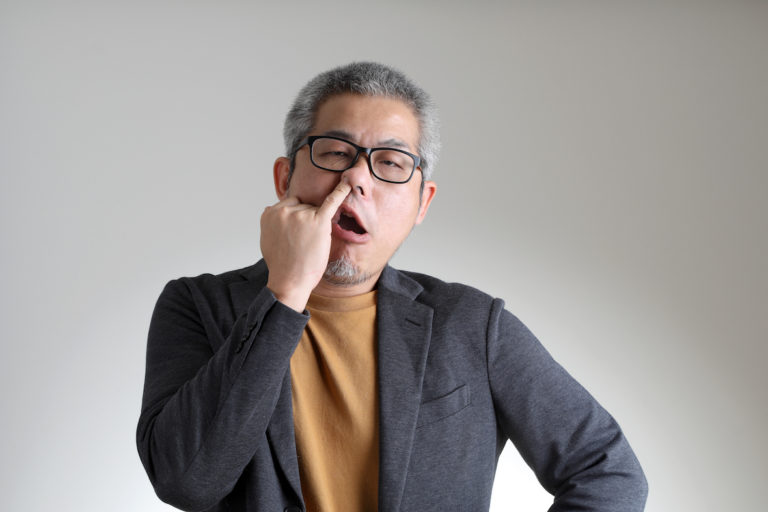
Why Australia needs to partner with the Pacific to fight climate change
Senator Penny Wong, Australia’s Minister for Foreign Affairs, has been actively engaging with Pacific Island countries to address climate change, which is seen as the greatest threat to the region. However, doubts remain about whether this engagement can be sustained and deepened to strengthen relationships. Australia’s engagement in the Pacific needs to extend beyond climate and security issues and focus on understanding the region and fostering a genuine partnership.


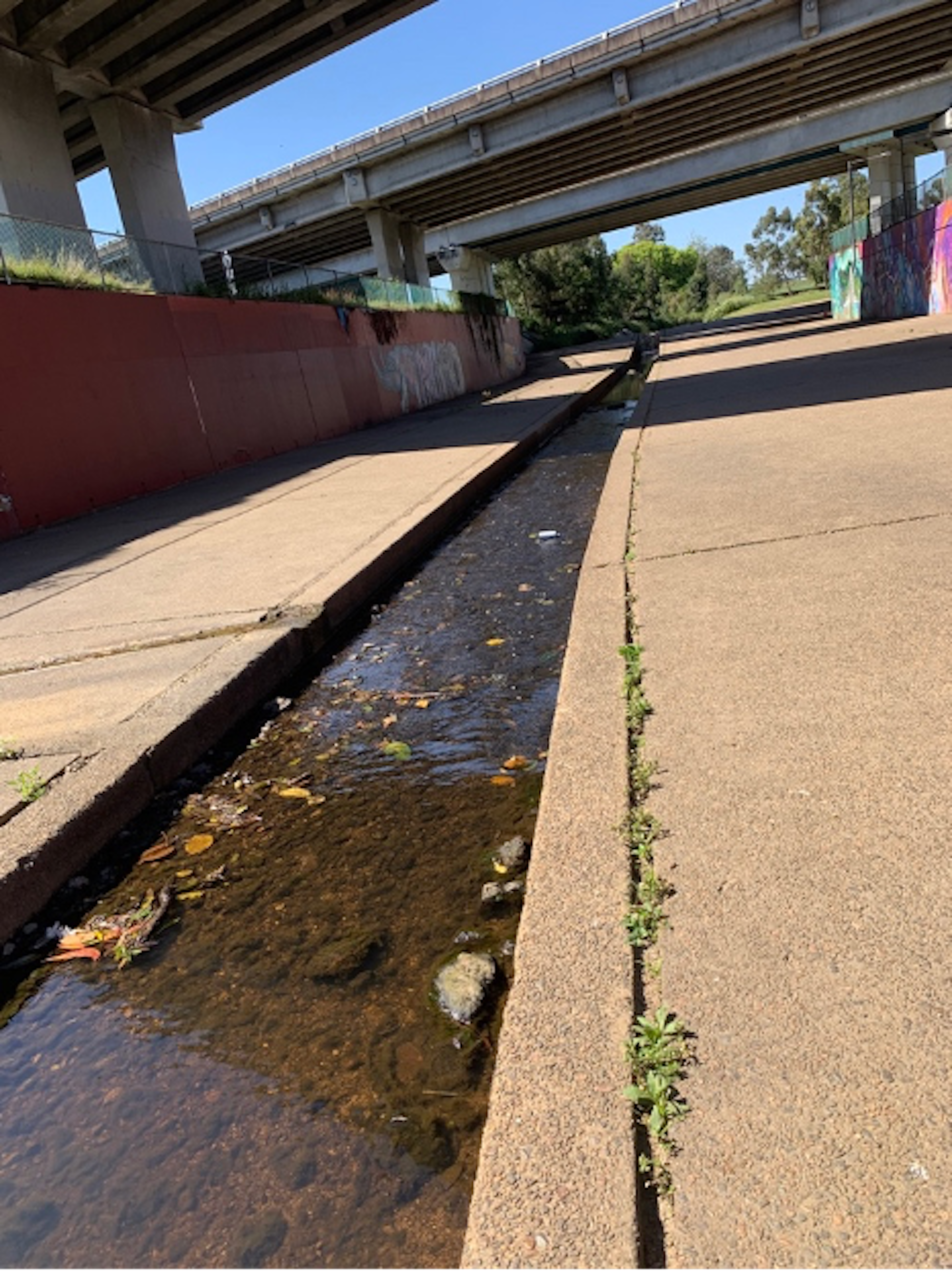
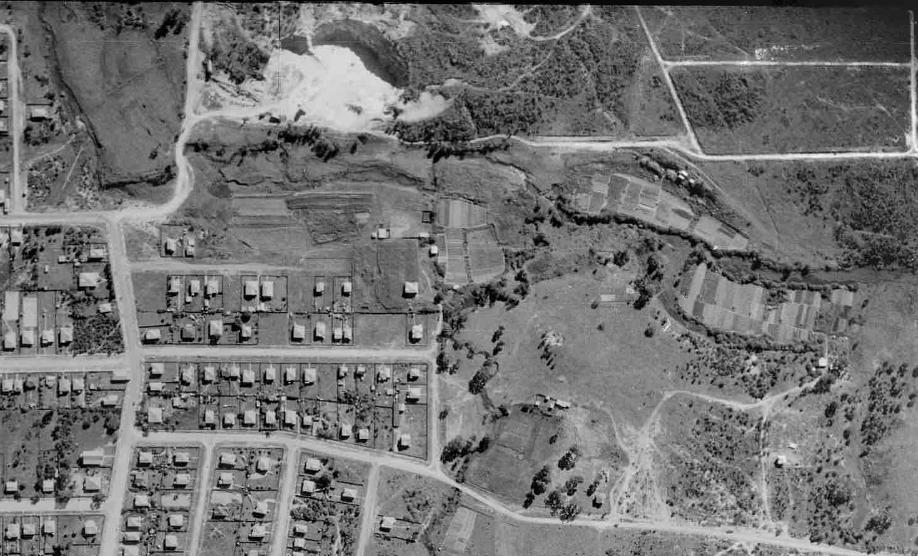
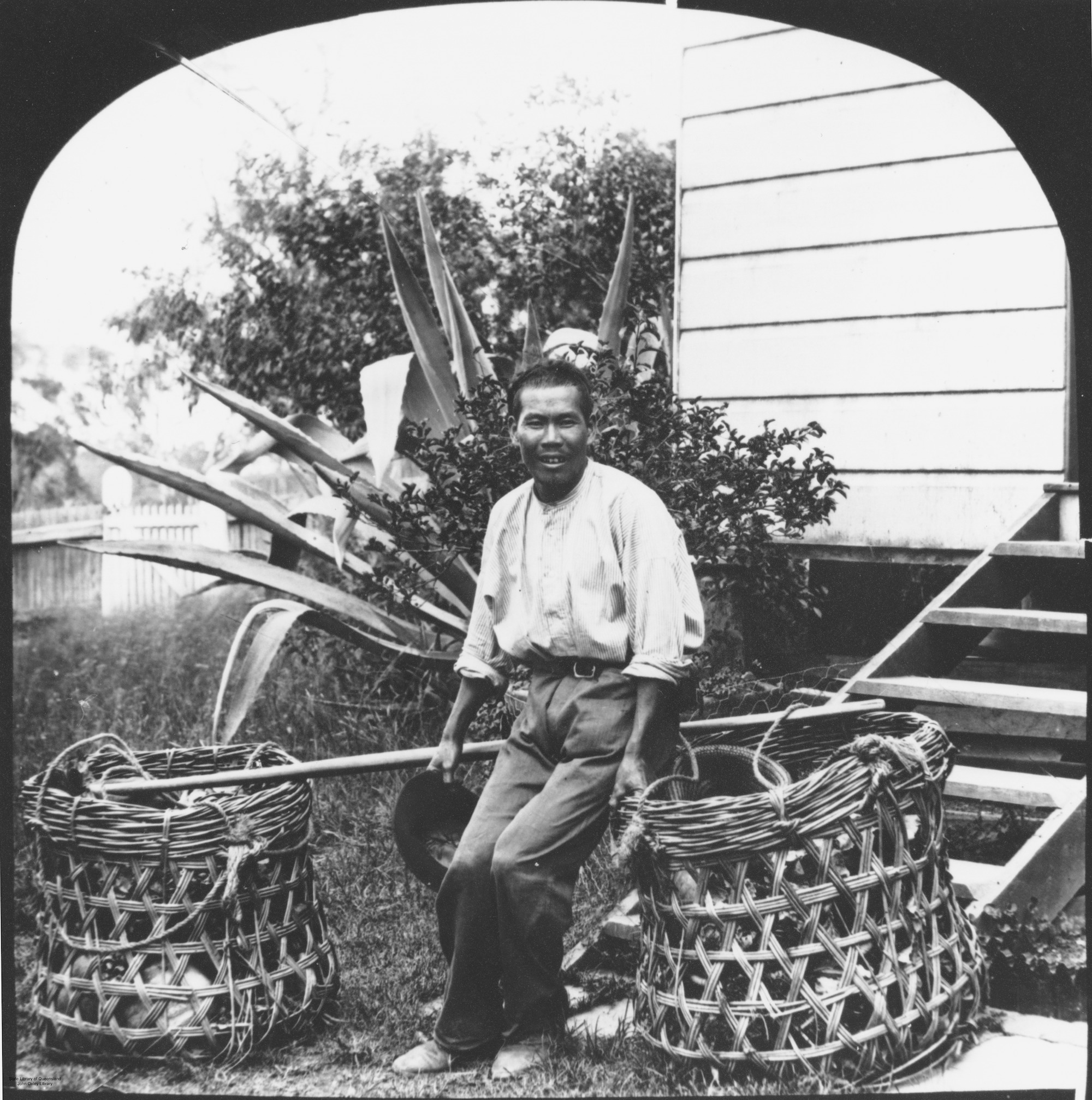
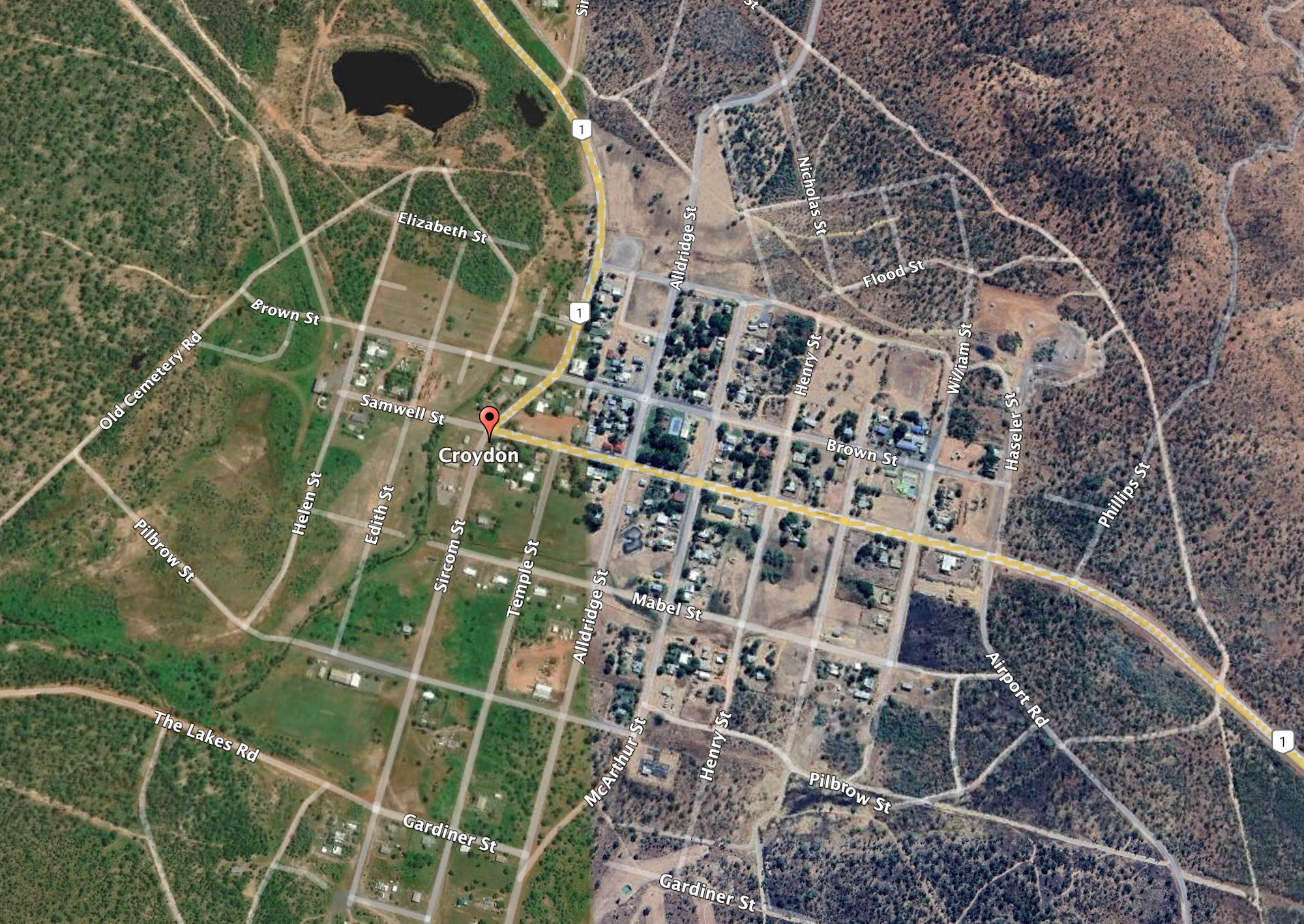
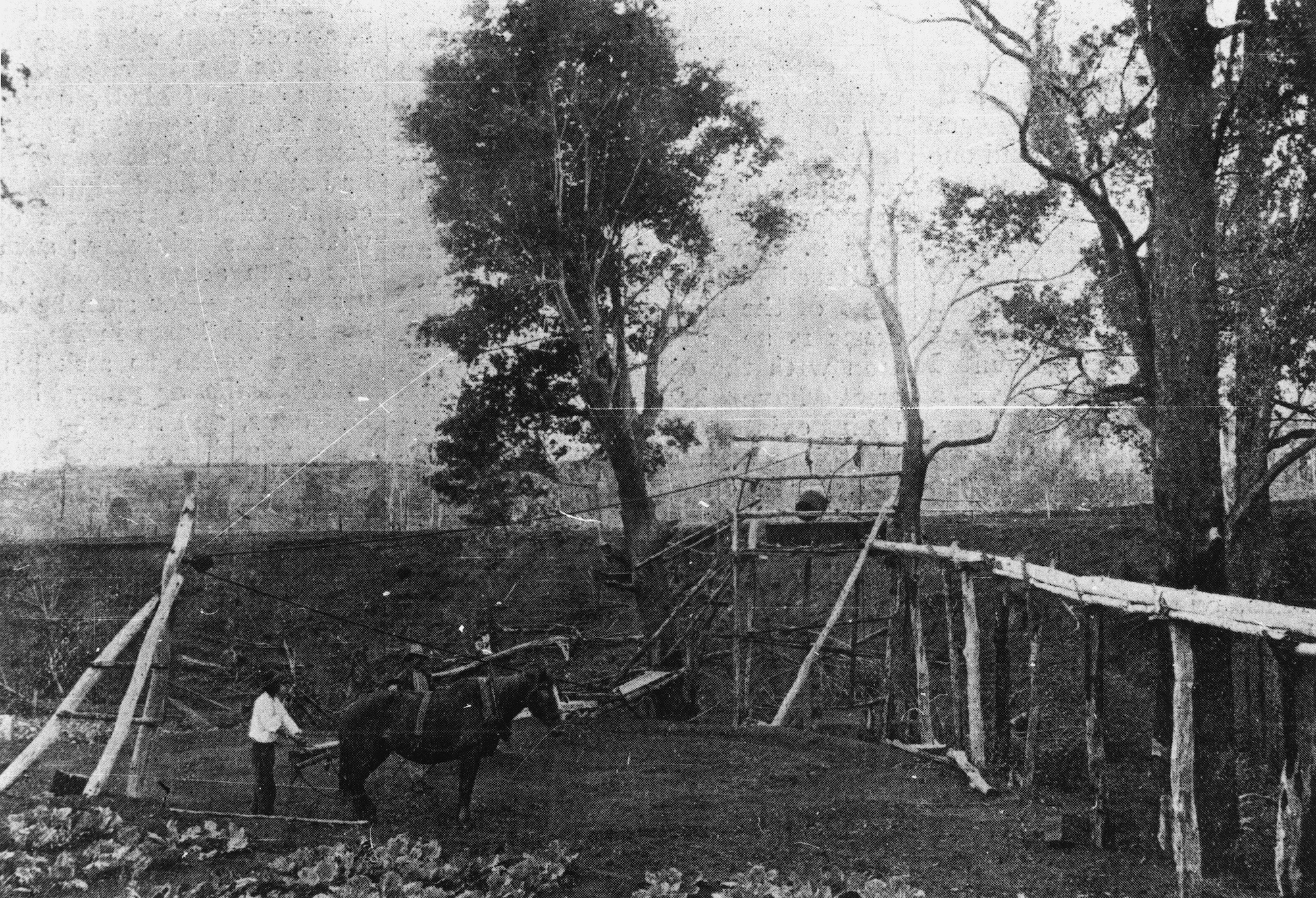
 Dr Janis Hanley
Dr Janis Hanley

